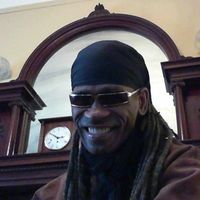Search the Community
Showing results for tags 'arts'.
-
The Great African-American Classical Art-Form The Cultural Psychodynamics of Racism Consider those nightclubs such as the Cotton Club where performers were black but the clientele was exclusively white. Why did all those white people seek black entertainment? No doubt most of them came for the erotic floor show, but some of them were interested in the music. Why? The question is not a new one and the answer is obvious -- in the same way that the applicability of Freud to racism is so obvious that it has been little discussed. European-Americans have liked African-American music because it has expressive values which are lacking in European and European-American music (Crouch, 1990b, p.83; Keil, 1996, p.49; Small, 1987, p.154; Williams, 1983, p.254). In particular, as we've seen above, African-American music is comfortable with sexuality, while European music is not. People may have come to the Cotton Club to see black bodies enact jungle pseudo-rituals on stage, but they left with the expressive sound of African-American music boring into their brains. While the jazz club is ostensibly a place for entertainment, it also functions on a deeper level as a school, one in which the teachers are black and the students are white. They are learning a cultural stylization of emotion which is adequate to their needs than the one they learned at home, in school, or in the church. Where the lyncher and his descendants are desperately trying to preserve the restrictiveness of his culture, the white jazz devotee, and his descendants, is trying to break free from that restrictiveness by learning elements of a different culture. In the nightclub scenario, Africa is the teacher and Europe the student (cf. Asante, 1987, p.59). Source Harvard Press: Benzon, W.L., 1997. Music Making History: Africa Meets Europe in the United States of the Blues. https://www.facebook.com/keepingtheidiomalive/
_forumlogo.png.a607ef20a6e0c299ab2aa6443aa1f32e.png)
